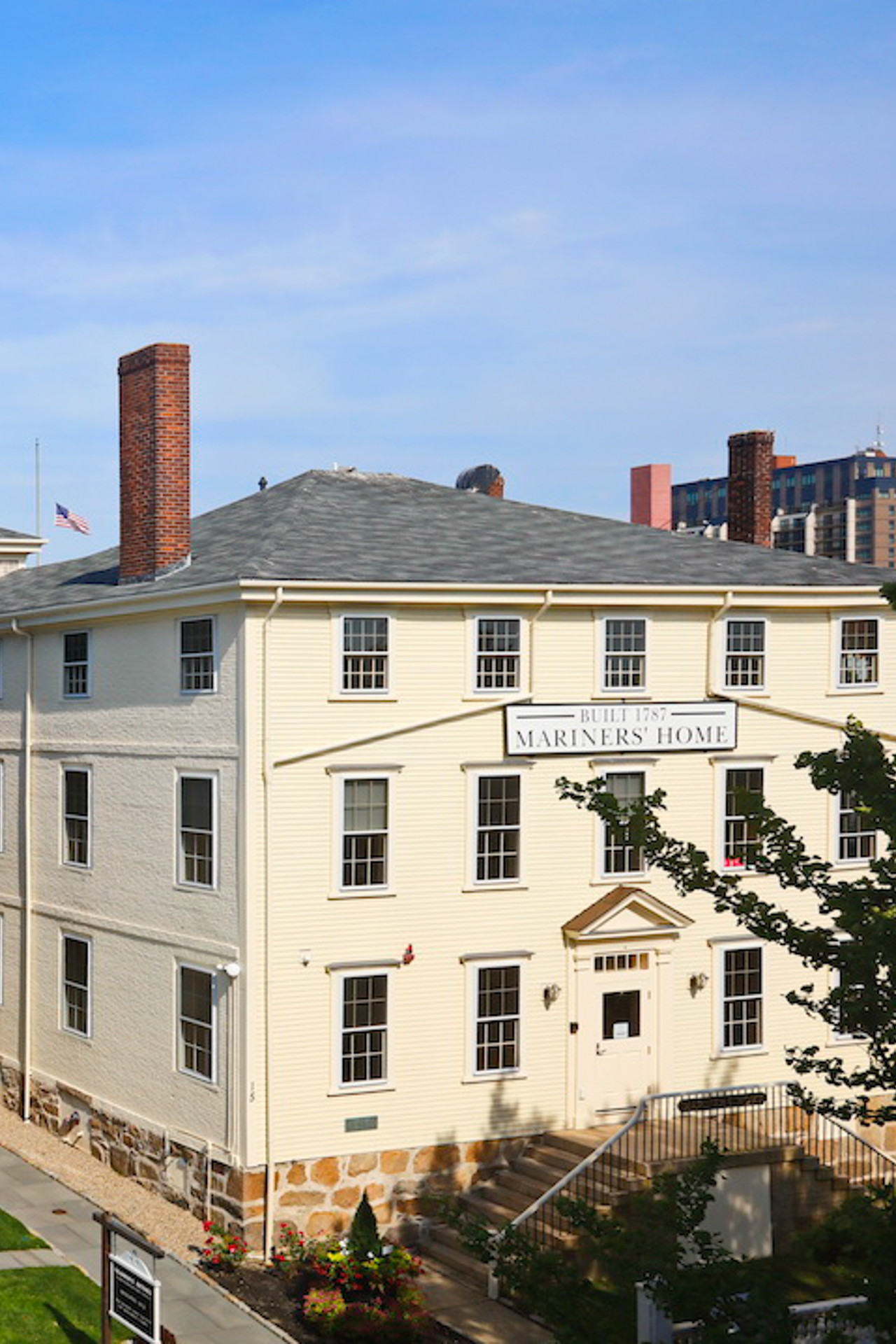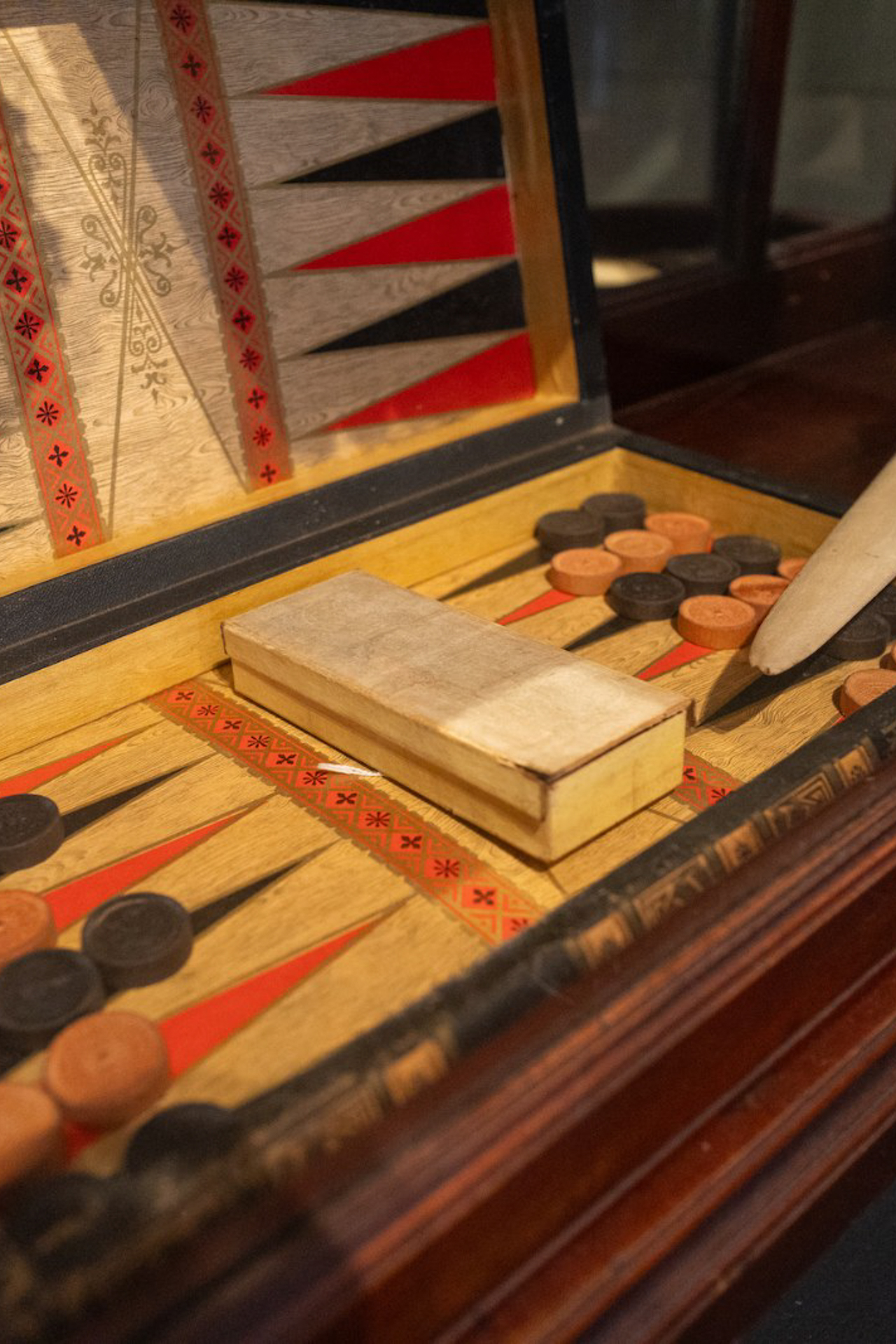About The Mariner’s Home in New Bedford, MA
The Mariner’s Home
An Historic Refuge for Mariners & Heritage Preserved

Constructed

“A safe and comfortable home, free from the vices that too often awaited sailors ashore.”
The Mariner’s Home
History of the Mariner’s Home
Origins & Architecture
Constructed around 1787, the building was William Rotch Jr.’s private home in downtown New Bedford. It reflects Federal-style residential architecture typical of that era.
Relocation & Donation to the Port Society
After Rotch’s death in 1850, his daughter Sarah Rotch Arnold donated the home to the New Bedford Port Society. The house was moved to join the Seamen’s Bethel on Johnny Cake Hill and renamed the Mariners’ Home.
Boarding House & Moral Support
From 1851, the Mariners’ Home was operated by the Ladies Branch of the Port Society for the Moral Improvement of Seamen. It offered a clean, safe place for sailors, fishermen, and others passing through the port.
Changing Uses over Time
Over decades, the Home adapted to changing needs: from lodging active mariners to offering transitional housing, public exhibits, offices, and hosting community programming.
Present-Day
Today, the Mariners’ Home serves as the headquarters of the New Bedford Port Society and provides office space for several like-minded organizations. This historic building continues its long tradition of supporting the city’s cultural and maritime community by housing institutions that carry forward New Bedford’s legacy.
Why It Matters
The Mariners’ Home is more than an old house. It is a symbol of care for mariners, showing how community values shaped physical spaces. It represents compassion, faith, and moral vision, especially via the Ladies Branch and Port Society work. Its preservation allows us to connect with the challenges, lives, and architectural heritage of New Bedford’s seafaring era. As both refuge and museum, it reminds us that heritage lives when people commit to remembering and sharing.
Notable Highlights & Visitors
-
William Rotch Jr., original owner and merchant, who built the house in its original location.
-
Sarah Rotch Arnold, who donated the house to the Port Society in 1850, enabling its mission as a haven for mariners. The Ladies Branch of the Port Society (Moral Improvement of Seamen), who for decades ran the Mariners’ Home lodging, ensured moral and physical welfare for working sailors.
-
Exhibits on maritime culture and seafaring life that help visitors understand both the material and human dimensions of whaling and maritime work. (Current exhibits)
The Mariner’s Home
History at a Glance
A Merchant’s Mansion
A House Transformed
A Gift to the Port Society
A Home for Mariners
Changing Roles
As the whaling industry declines, use of the Mariners’ Home shifts. The building hosts offices, community programs, and cultural exhibits.
